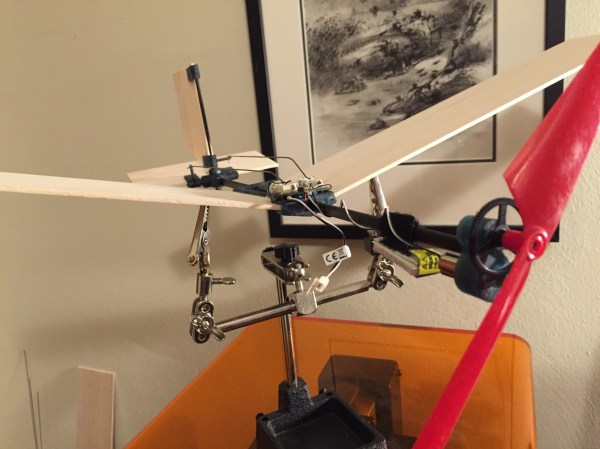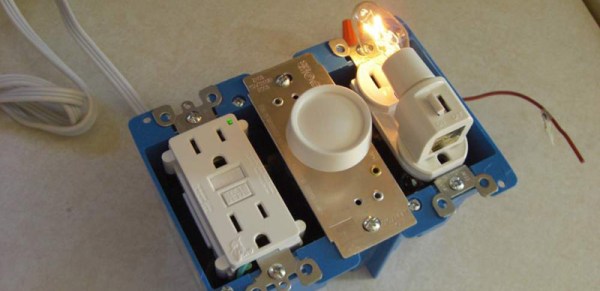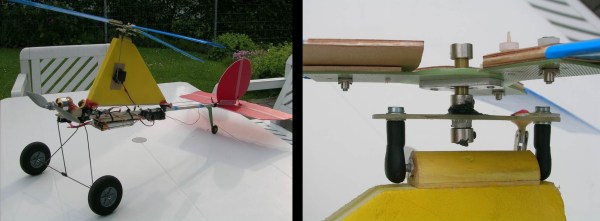The Air Hogs Sky Shark was a free-flying model airplane powered by compressed air. When it was released in the late ’90s, it was a fairly innovative toy featuring a strikingly novel compressed air engine made entirely out of injection molded plastic. Sales of these model planes took off, and landed on the neighbor’s roof, never to be seen again.
A few weeks ago, [Tom Stanton] revisited this novel little air-powered motor by creating his own 3D printed copy. Yes, it worked, and yes, it’s a very impressive 3D print. That build was just on a workbench, though, and to really test this air motor out, [Tom] used it to propel a remote-controlled plane through the air.
The motor used for this experiment is slightly modified from [Tom]’s original air-powered motor. The original motor used a standard 3-blade quadcopter prop, but the flightworthy build is using a much larger prop that swings a lot more air. This, with the addition of a new spring in the motor and a much larger air tank constructed out of plastic bottles results in a motor that’s not very heavy but can still swing a prop for tens of seconds. It’s not much, but it’s something.
The airframe for this experiment was constructed using [Tom]’s 3D printed wing ribs, a carbon fiber boom for the tail, and only rudder and elevator controls. After figuring out some CG issues — the motor doesn’t weigh much, and planes usually have big batteries in the nose — the plane flew remarkably well, albeit for a short amount of time.

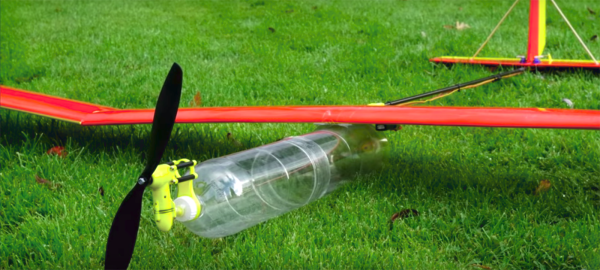
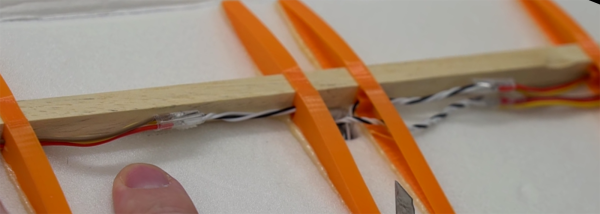

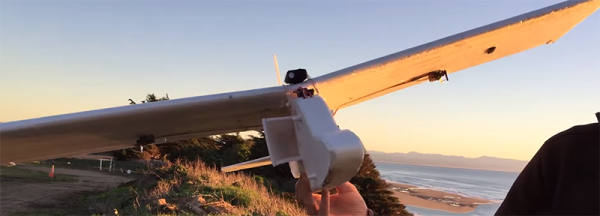
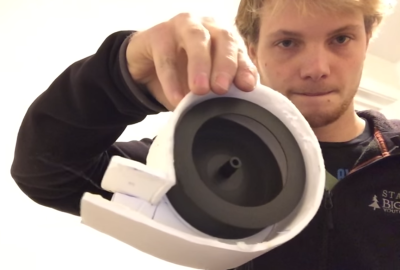 The only part of the squirrel cage fan [Samm] reused was the impeller. Every other part of this power plant was either constructed out of foam board, plywood, or in the case of the brushless motor turning the fan, stolen from the ubiquitous box of junk on every modeller’s workbench.
The only part of the squirrel cage fan [Samm] reused was the impeller. Every other part of this power plant was either constructed out of foam board, plywood, or in the case of the brushless motor turning the fan, stolen from the ubiquitous box of junk on every modeller’s workbench.